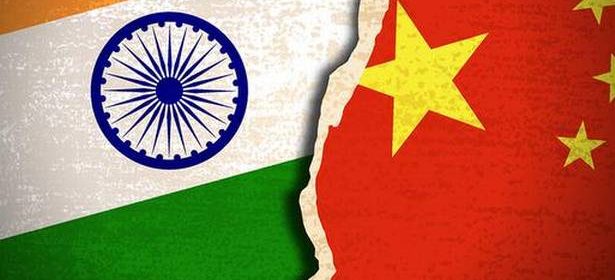Explained | Why are India’s imports from China rising?

If trade is booming, what is the state of other aspects of economic relations, including investments?
The story so far: While many countries, including India, have spoken of the need to reduce reliance on China particularly in the wake of COVID-19 and disruption to supply chains, trade figures released last month showed imports have only continued to surge in 2021, rebounding after a fall in trade in 2020 because of the pandemic. The rising trade comes amid continuing tensions with China along the Line of Actual Control (LAC), where disengagement negotiations have been slow moving. The rising trade does not, however, suggest a return to normalcy in relations. Other areas, such as investment, remain in a deep freeze amid the continuing chill in bilateral relations.
Also read | China still ‘largest source of critical items’ for India
What did India import from China in 2021?
India’s trade with China in 2021 reached $125.6 billion, according to figures released in January by China’s General Administration of Customs (GAC). This was the first time that trade crossed the $100 billion mark. India’s imports from China accounted for $97.5 billion, while exports reached $28.1 billion, both records. Compared to 2019 —trade declined substantially in 2020 because of the pandemic, which exaggerates the year-on-year increase —imports are up 30%. Exports to China, meanwhile, are up by as much as 56%. The trade deficit, a long-term source of concern for India, is up by 22% since 2019, having declined last year.
Also Read
What is driving India’s imports?
India’s biggest imports are electrical and mechanical machinery, a range of chemicals that are intermediate imports used by industries, active pharmaceutical ingredients (APIs), auto components, and since 2020, a large amount of medical supplies. According to figures available with India’s Ministry of Commerce, all those key imports continued to rise in 2021. The total value of the top 100 import categories —each of which accounts for more than $100 million in imports —was up by $16 billion in the last year, reaching $45 billion. The top items included both finished goods such as integrated circuits (up 147%), laptops and computers (up 77%) and oxygen concentrators (up four-fold) and intermediate products such as chemicals (of these, acetic acid imports were up eight-fold).
What does the recent trend of trade figures suggest?
Experts say India’s dependence on China for finished goods has shown no signs of easing, which is a cause for concern. The rise in intermediate imports is, however, less of a concern as it is a sign of industrial recovery and greater demand for inputs. While Indian exports to China have also grown, up by more than 50% in the last two years, these are mostly raw materials such as ores, as well as cotton and seafood, and not finished products. The five-year trend shows the trade deficit continues to widen. The deficit has grown from $51.8 billion in 2017 to $69.4 billion in 2021.
What are the implications for India-China relations?
While trade continues to boom, other aspects of economic relations have dramatically changed in the past two years. In the wake of the LAC crisis starting April 2020, the message from New Delhi was that it cannot be business as usual while there are tensions along the border. Investments from China in the past year have plunged amid tighter curbs. In the tech and telecom space, the once rapidly increasing Chinese investments in start-ups including from tech giants such as Alibaba and Tencent, has come to an abrupt halt, more than 200 apps remain banned, and Chinese firms have been kept out of 5G trials so far. India has also tightened scrutiny on Chinese firms in India, recently conducting tax investigations into companies including smartphone manufacturer Xiaomi. Those moves last month prompted a statement from China’s Ministry of Commerce calling on India to “provide a fair, transparent and non-discriminatory environment for Chinese businesses”. While the trade pattern is unlikely to dramatically change in the near future, even as New Delhi considers a long-term plan to reduce some of these import dependencies by either accelerating long-discussed but slow-moving plans to manufacture some of these critical goods in India or source elsewhere, the rest of the India-China economic relationship still remains somewhat in a state of freeze as talks continue to resolve the tensions along the border.
Source: Read Full Article
